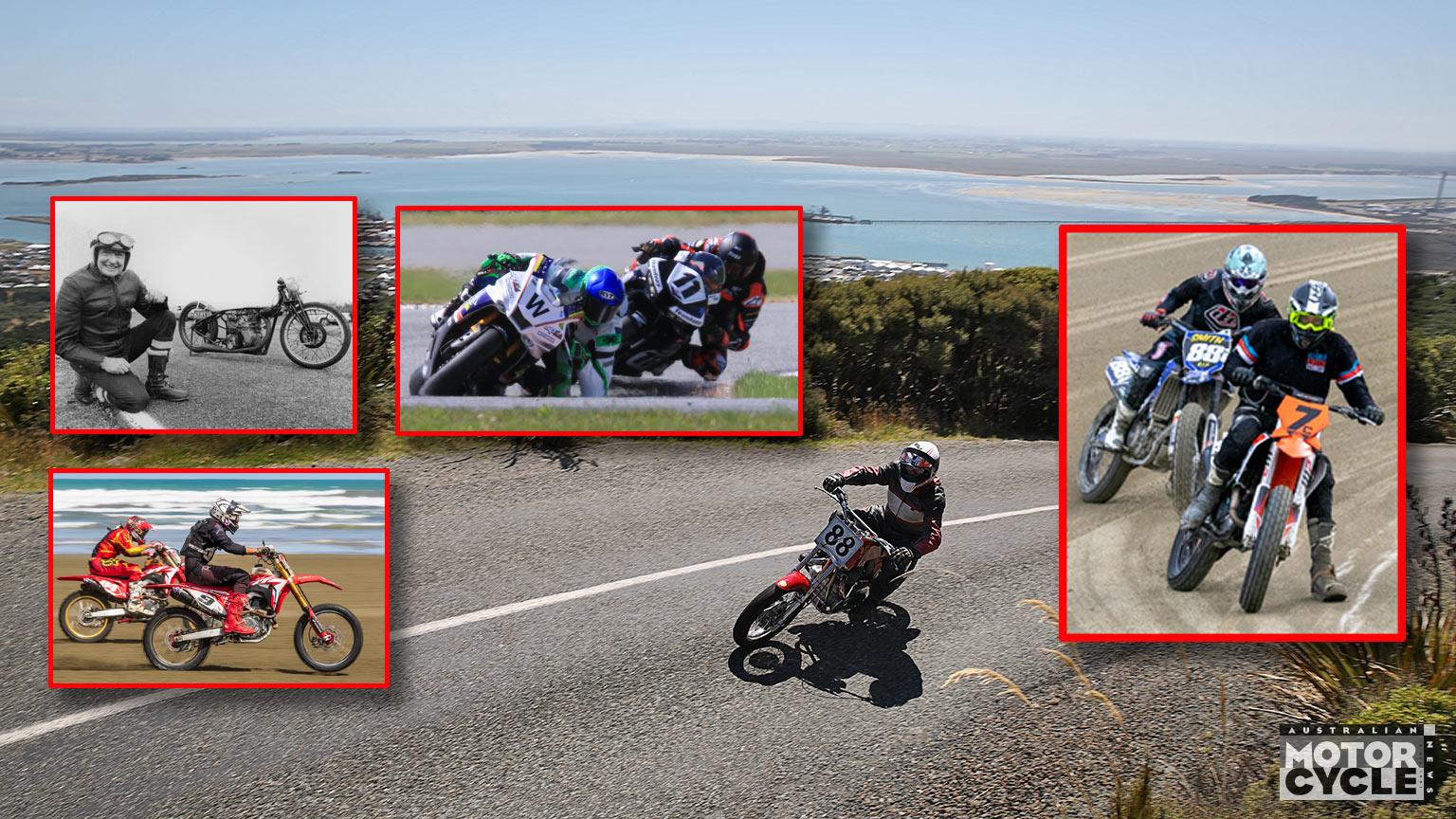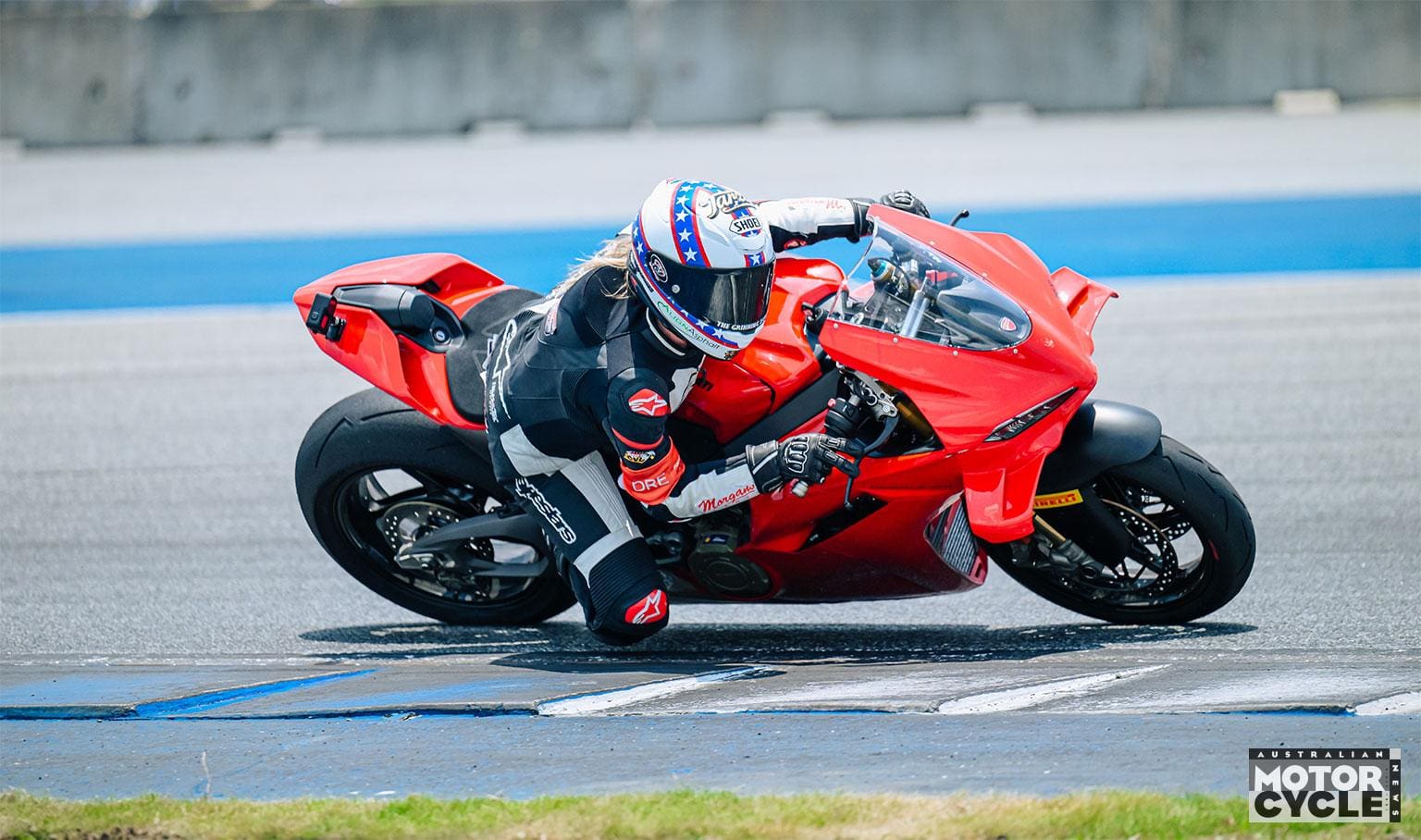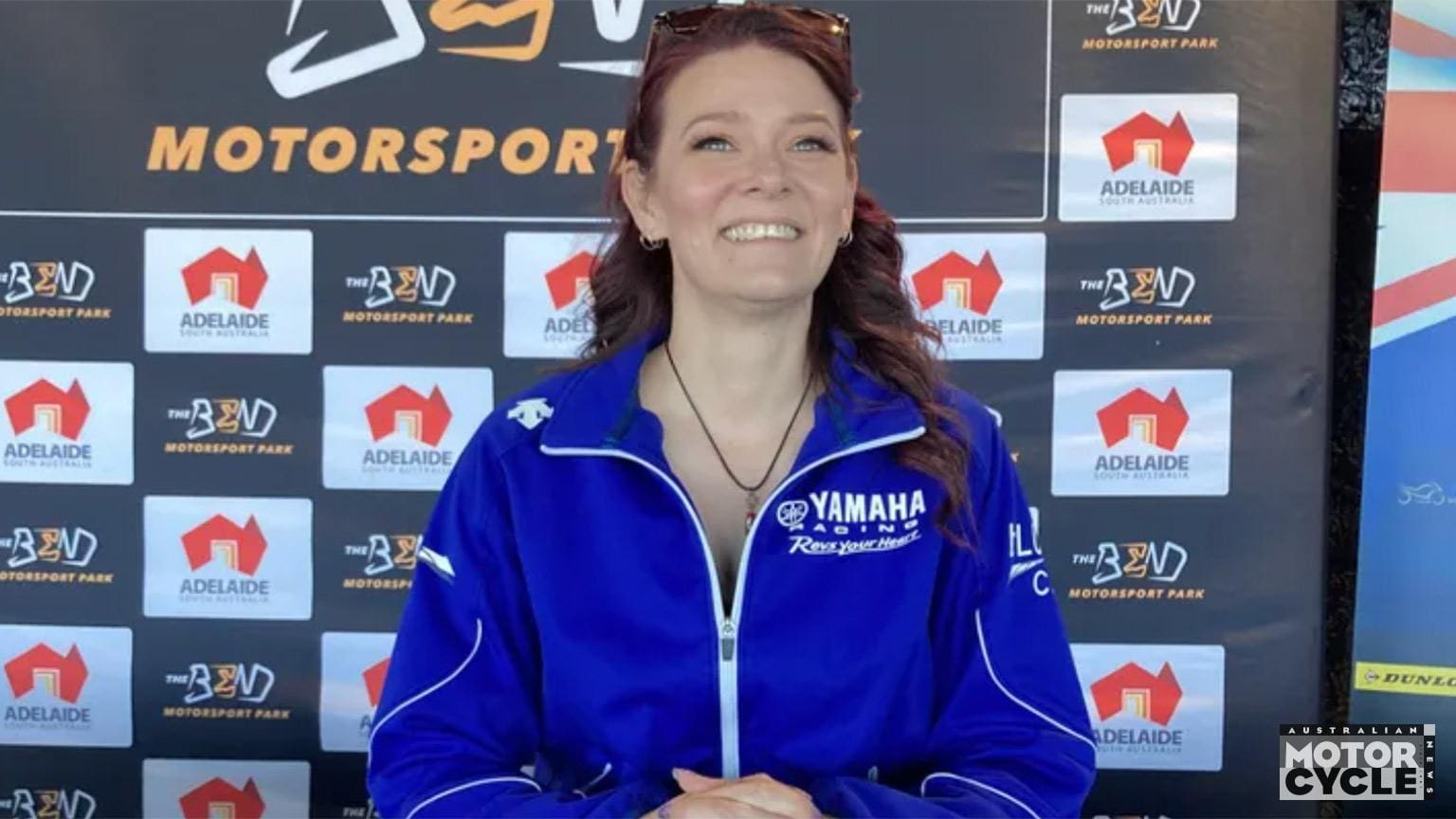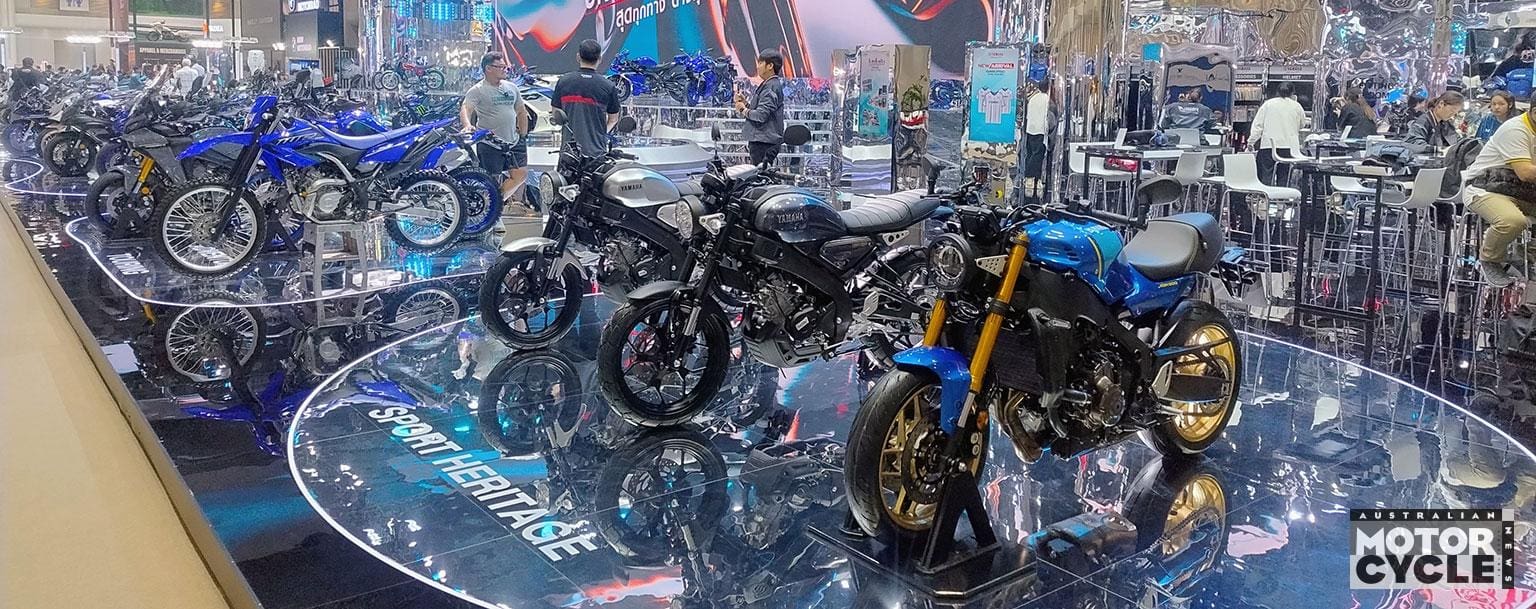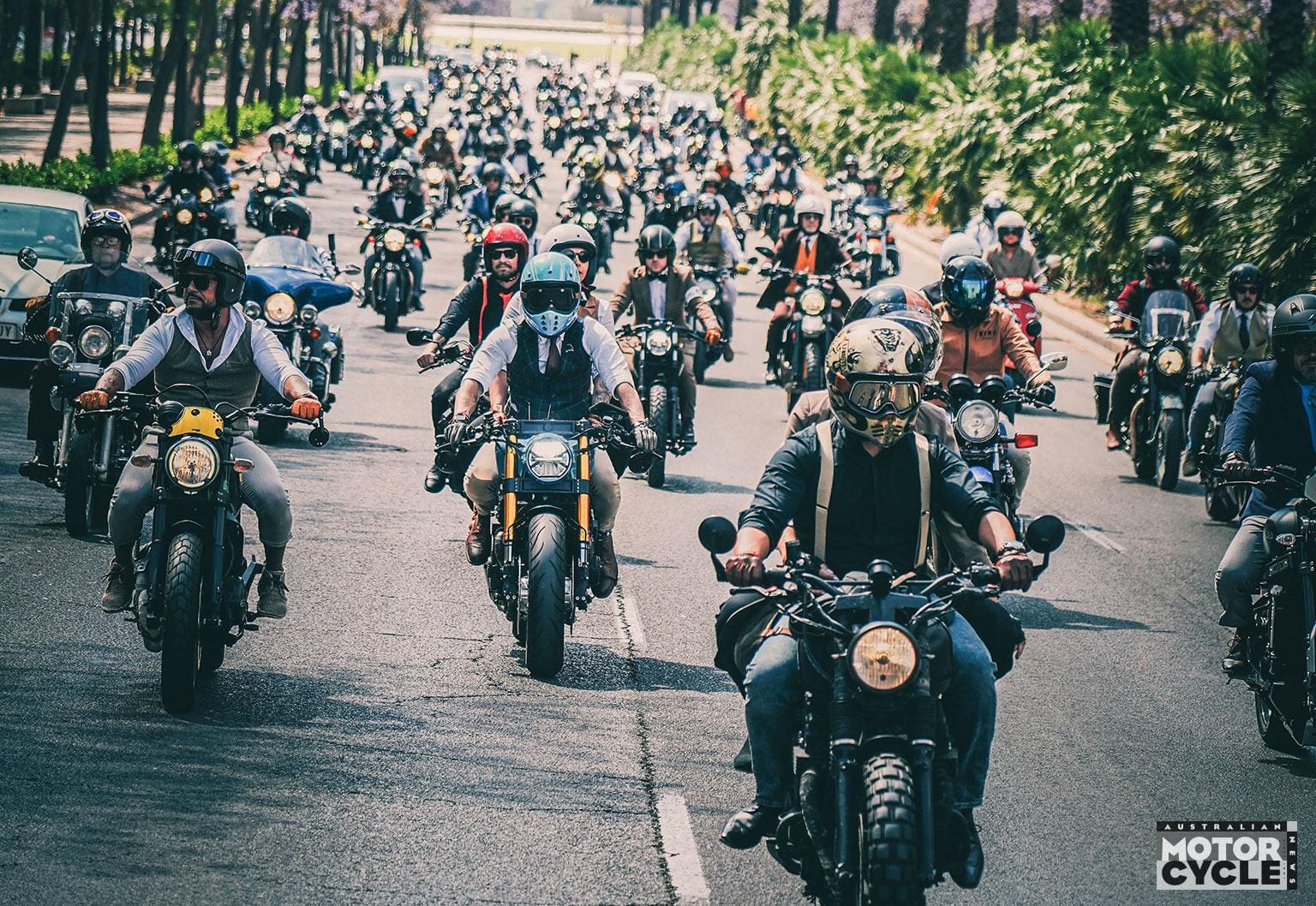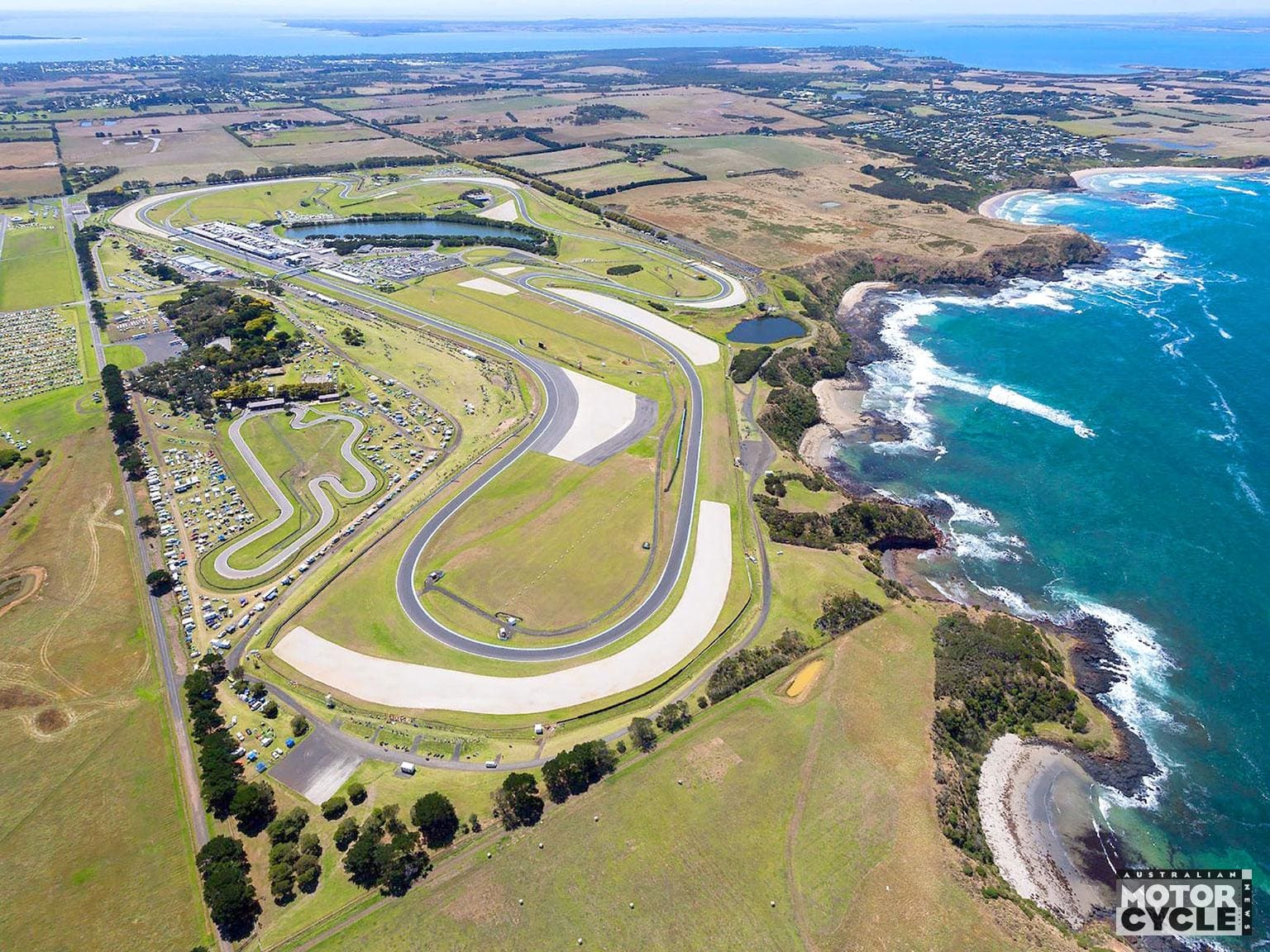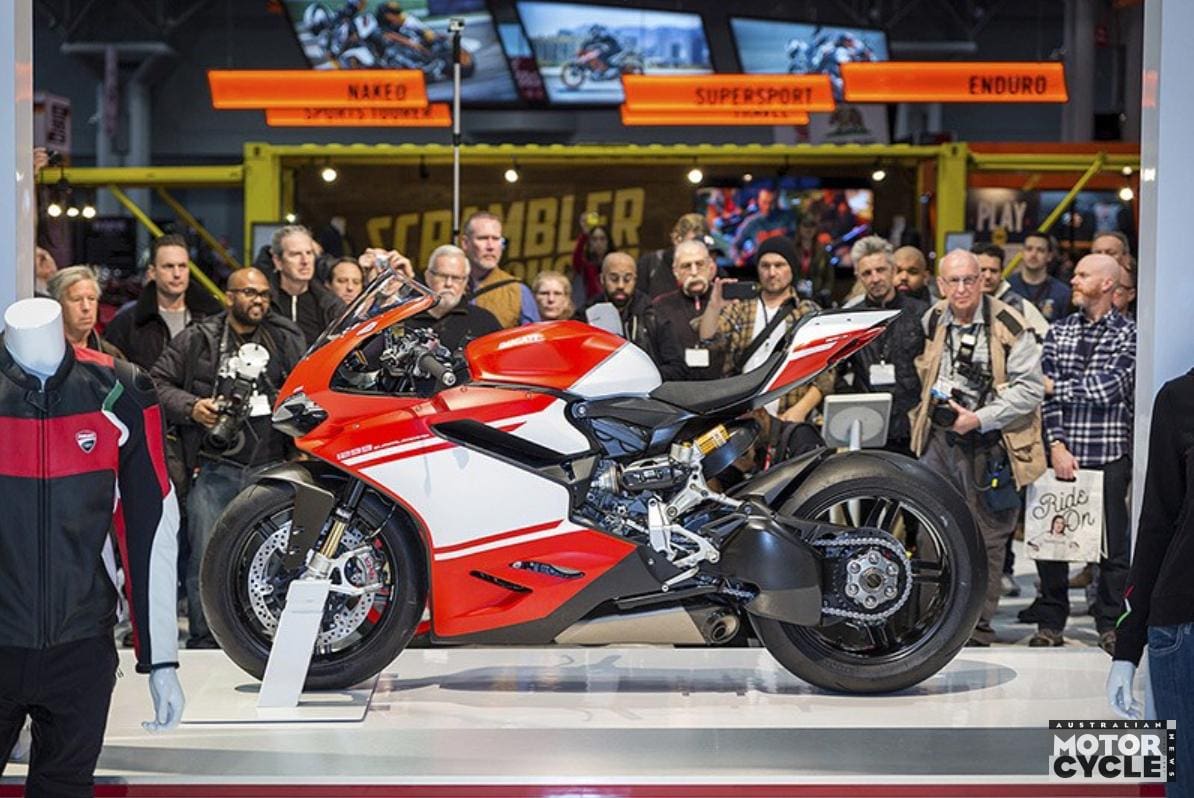And after its prototype RC16 got a shakedown at the Red Bull Ring it’s revealed photos of the first iteration of the new design.
It’s worth bearing in mind that there’s still more than a year before this bike is intended to have a serious shot at racing (though wildcard appearances in 2016 are a possibility as testing goes on), so the machine that finally lines up on the grid for the first 2017 round might look quite different. But even at this stage it’s still an intriguing bike, mixing tried-and-tested ideas with unusual engineering solutions.

Drawing direct comparisons with this year’s MotoGP machines is a fruitless exercise – by the time the new KTM starts to race there will be new regulations, including the full adoption of a standard ECU across, as well as new Michelin tyres and 17-inch wheels instead of the current 16.5-inch Bridgestones. But the KTM, even in its early state, is already revealing some secrets.
As well as being a works MotoGP machine with the financial might of Red Bull backing it, the RC16 is set to be the basis of KTM’s much-heralded, track-only “production” superbike offering. Although the firm claims not to be interested in making a road-legal variant, it does have plans to offer a high-priced production racer aimed at either privateer competitors or simply wealthy trackday enthusiasts.
Test rider Alex Hofmann and KTM motorsport director Pit Beirer were both pleased with the bike’s first run, and the second machine is already being built in preparation for another test before the end of the year, when second tester Mika Kallio will also get to try it.
The engine
Okay, so we can’t see it in these pictures, but under the fairing there’s a 90º V4 built as close as possible to the 1000cc capacity limit allowed by MotoGP. To have a chance at being competitive, the works version is likely to need pneumatic valves and a seamless-shift transmission, but KTM’s current plans for the production offering don’t include either of those technologies.
It’s not completely new ground for KTM. The firm created a pneumatic-valve “GP1” 990 V4 for a stillborn MotoGP project back in 2003, eventually racing the engine for half a season in 2005 with the Roberts team. Just like the other pioneering pneumatic-valve MotoGP engine, Aprilia’s RS Cube three-cylinder, the KTM engine struggled due to a lack of rideability – something that would easily be fixed with today’s far more advanced electronic control systems.
Although the new engine will have learned lessons from the old GP1, it’s 90º angle is wider than the old motor, which had a 75º V, and will of course benefit from much more modern electronics.
The chassis
While a V4 engine has long been one of the favoured layouts for MotoGP, and the RC16 pictures show that its installation is similar to Honda’s RC213V, with one side-exhaust and one under-seat pipe, the RC16’s chassis is nothing like any of its rivals. Instead of an aluminium beam frame, KTM is opting for its usual steel trellis design – a set-up with its own unique advantages and disadvantages.
Of course, Ducati ran trellis frames successfully in MotoGP before switching, first to a carbon monocoque and more recently to a conventional beam frame, so there’s no reason it won’t work well. Positives include the fact that steel tubular frames are easy to make and modify – both in terms of geometry and rigidity – something that will be hugely valuable during the bike’s development period. Negatives are the large number of welds involved, which mean that it’s near-impossible to make two frames that are absolutely identical. The welds themselves can have slightly different flex characteristics; some suggested that the old Ducati trellis frames varied by as much as 15 per cent in rigidity, making it difficult to carry over set-up information from one bike to another.

The suspension
KTM is using WP suspension on the RC16, which is no surprise given that it owns the company. It’s another potential double-edged sword for the bike. Developed specifically for the RC16, the WP forks and shock will be able to be tailored precisely to KTM’s requirements, but the firm doesn’t have the huge back catalogue of experience to draw on that rival Öhlins does. It’s been nearly a decade since any non-Öhlins-suspended bike has won a MotoGP title (Hayden’s Showa-sprung Honda in 2006 was the last), and WP simply doesn’t have the same pool of data that its rival does when it comes to knowing which options to try.
The aerodynamics
In terms of aerodynamics, KTM doesn’t appear to be trying to rewrite the rulebook – and that’s probably wise as during this stage of development the priority will be to create as few variables as possible so that the basics of the engine and chassis design can be honed. The overall look isn’t dissimilar to some of Suter’s designs, particularly around the nose and tail, while the side panels have been designed specifically for testing. Those gill-like air vents in the sides are on separate panels that can clearly be removed or swapped for different ones if there’s a need to quickly alter the cooling for the engine.
As the rest of the bike is developed and KTM closes in on the final engine and chassis designs, we can expect the bodywork to start to evolve as its aerodynamics and cooling become more refined.
